14 Free Camera Settings transparent PNG images
Explore our extensive collection of 14 free AI-generated images tagged with 'Camera Settings'. This diverse gallery features high-quality stock photos, 3D objects, vectors, and illustrations that showcase various camera configurations and photography setups. Each image is available for high-resolution download, and our innovative 'open in editor' feature allows you to modify the prompt directly on the image detail page to regenerate variations that perfectly match your vision.
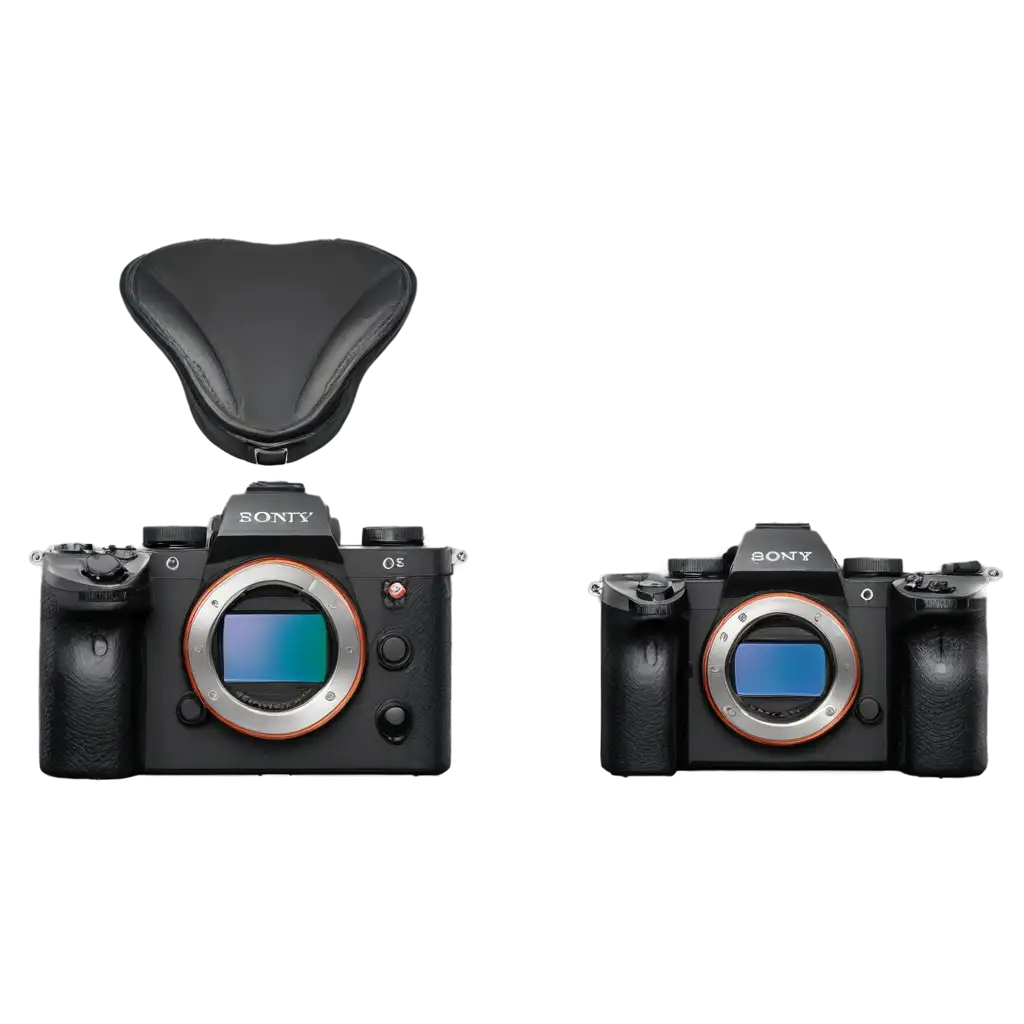
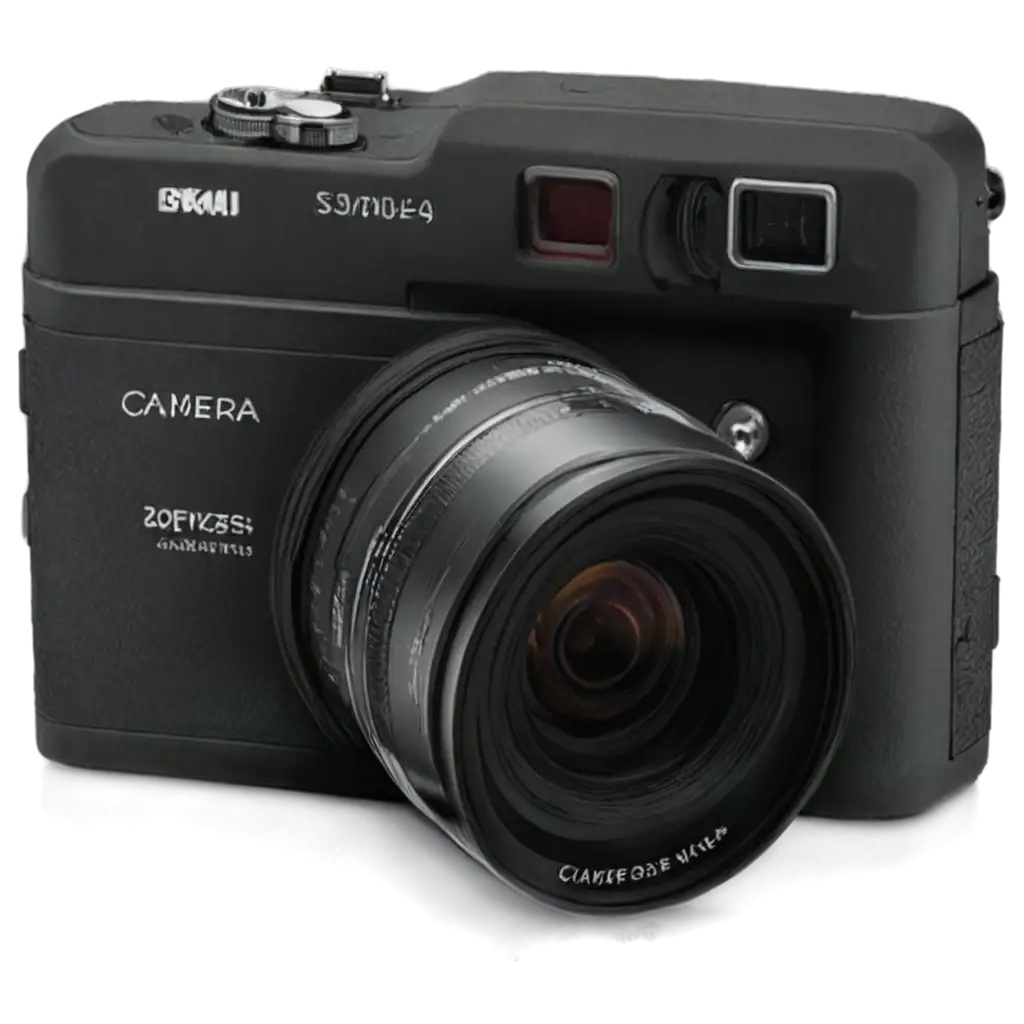
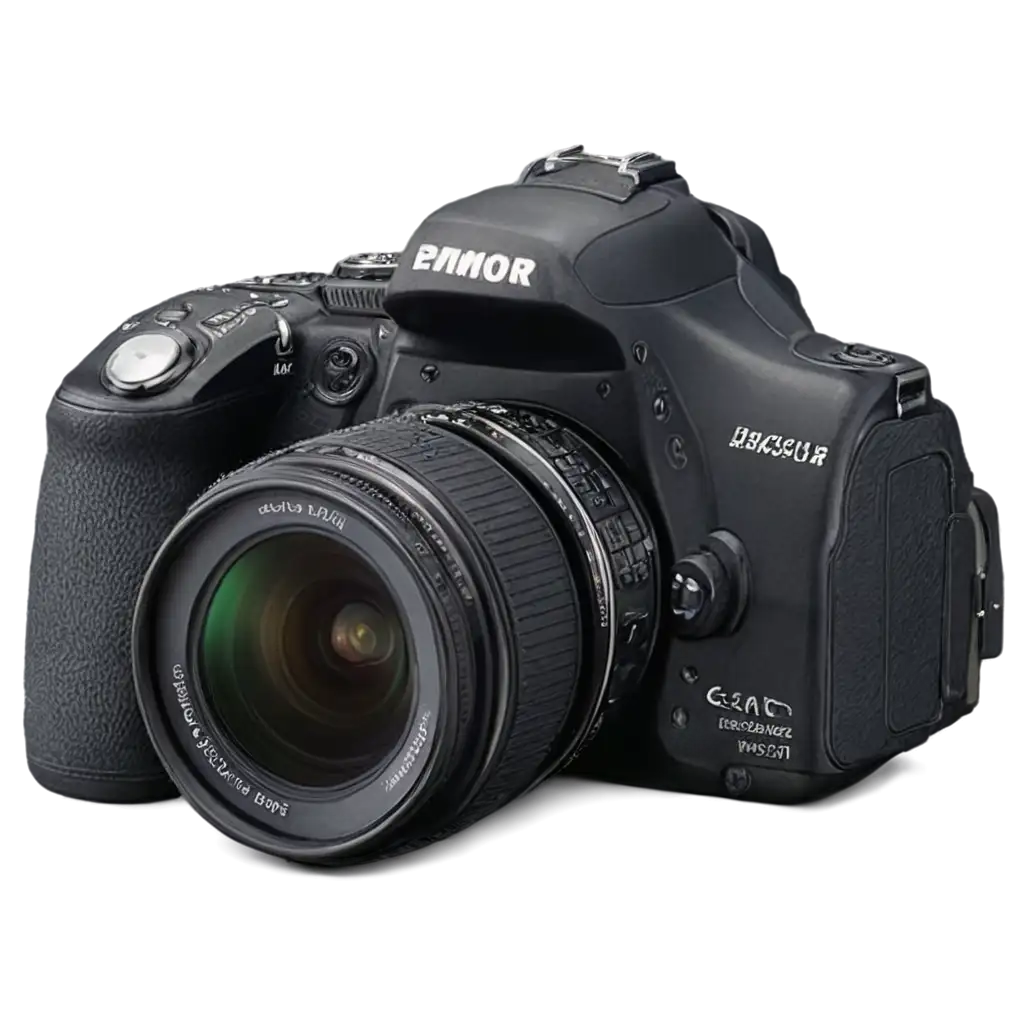
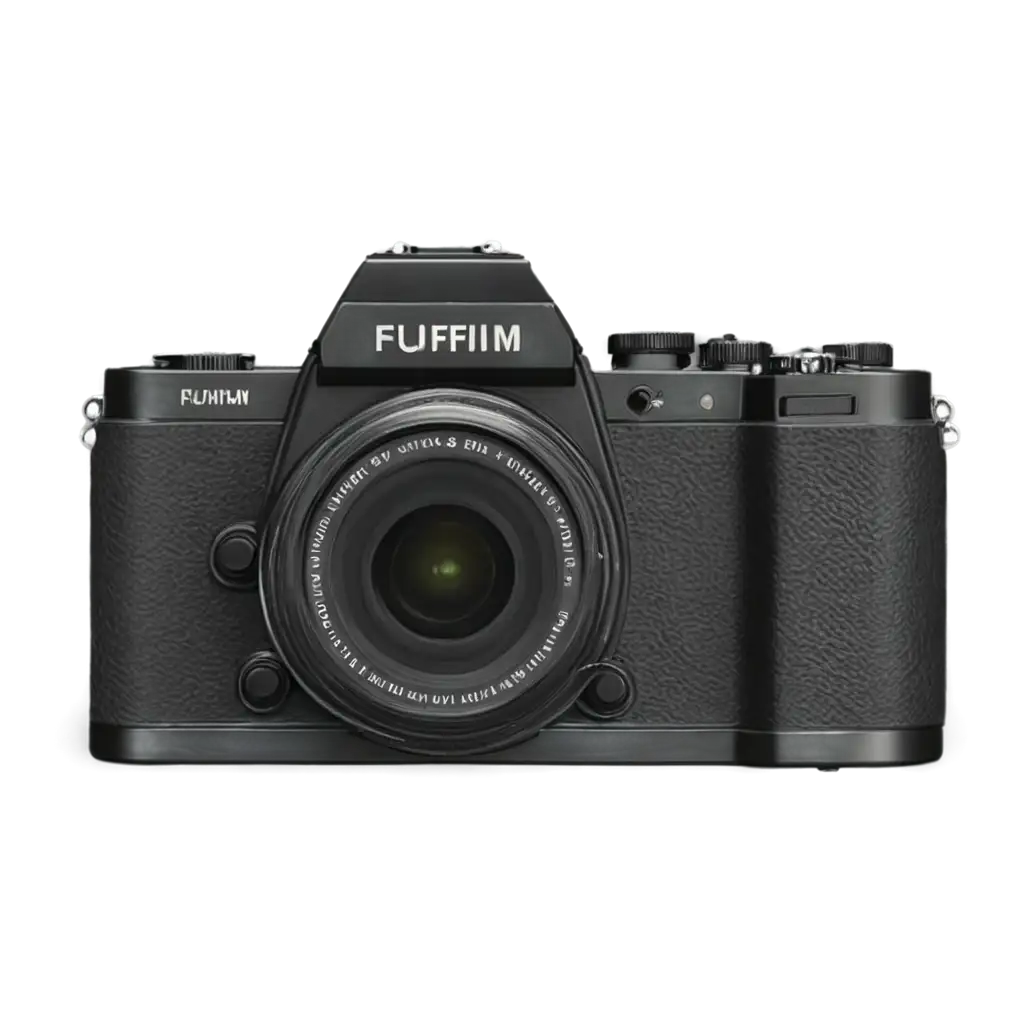

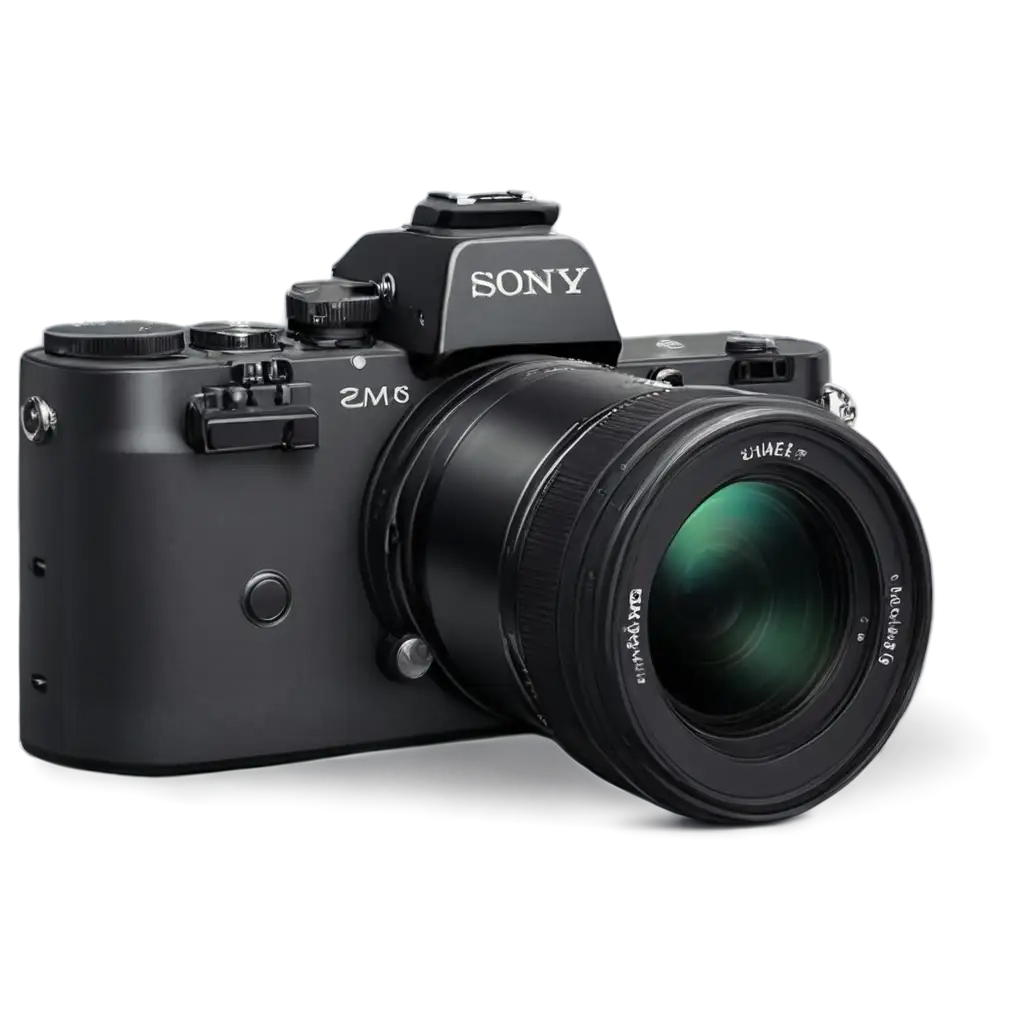
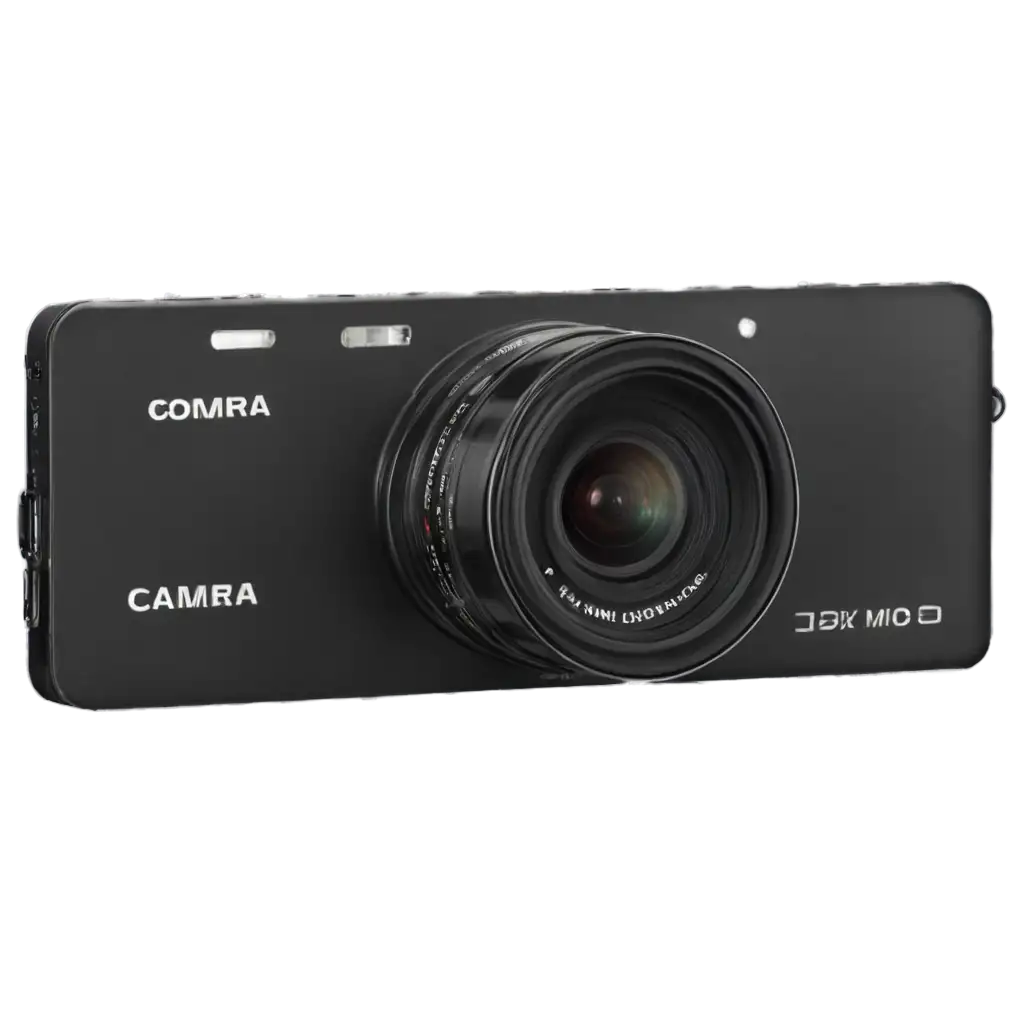
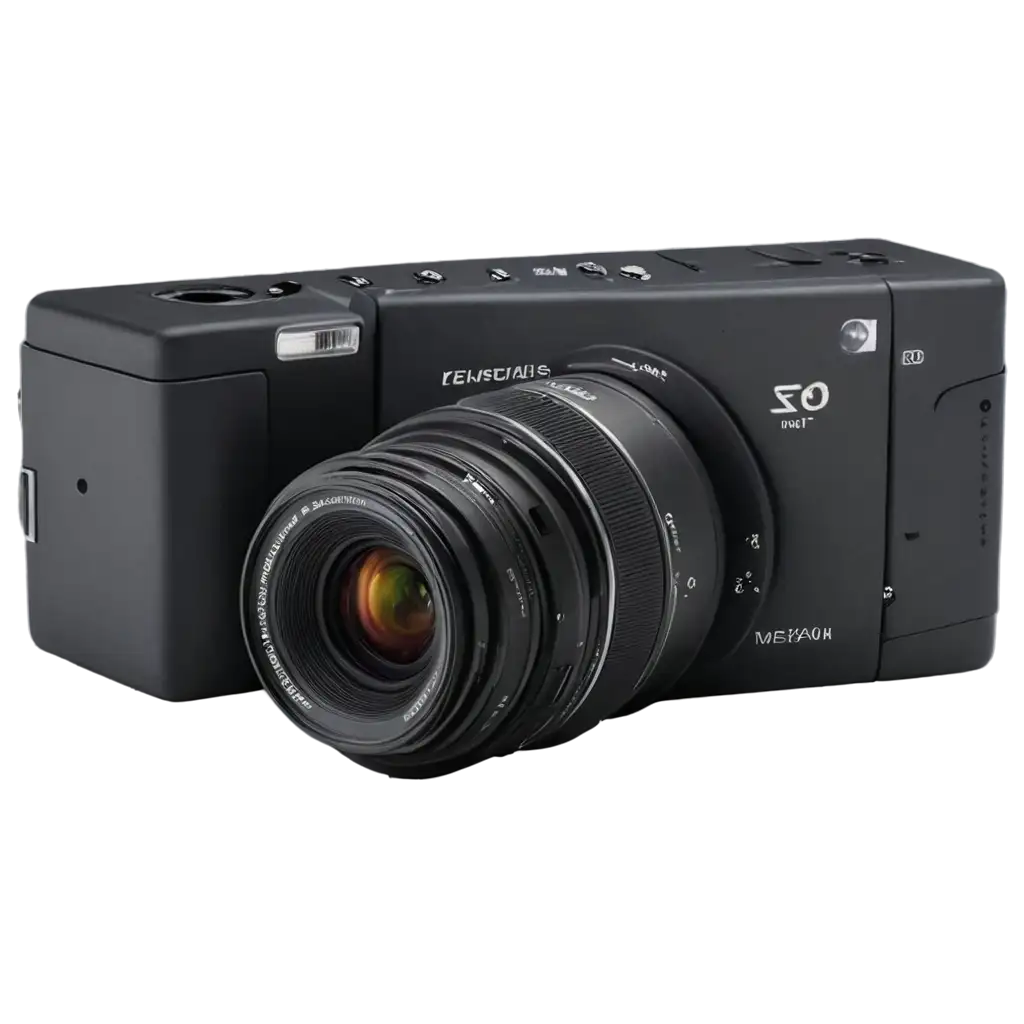
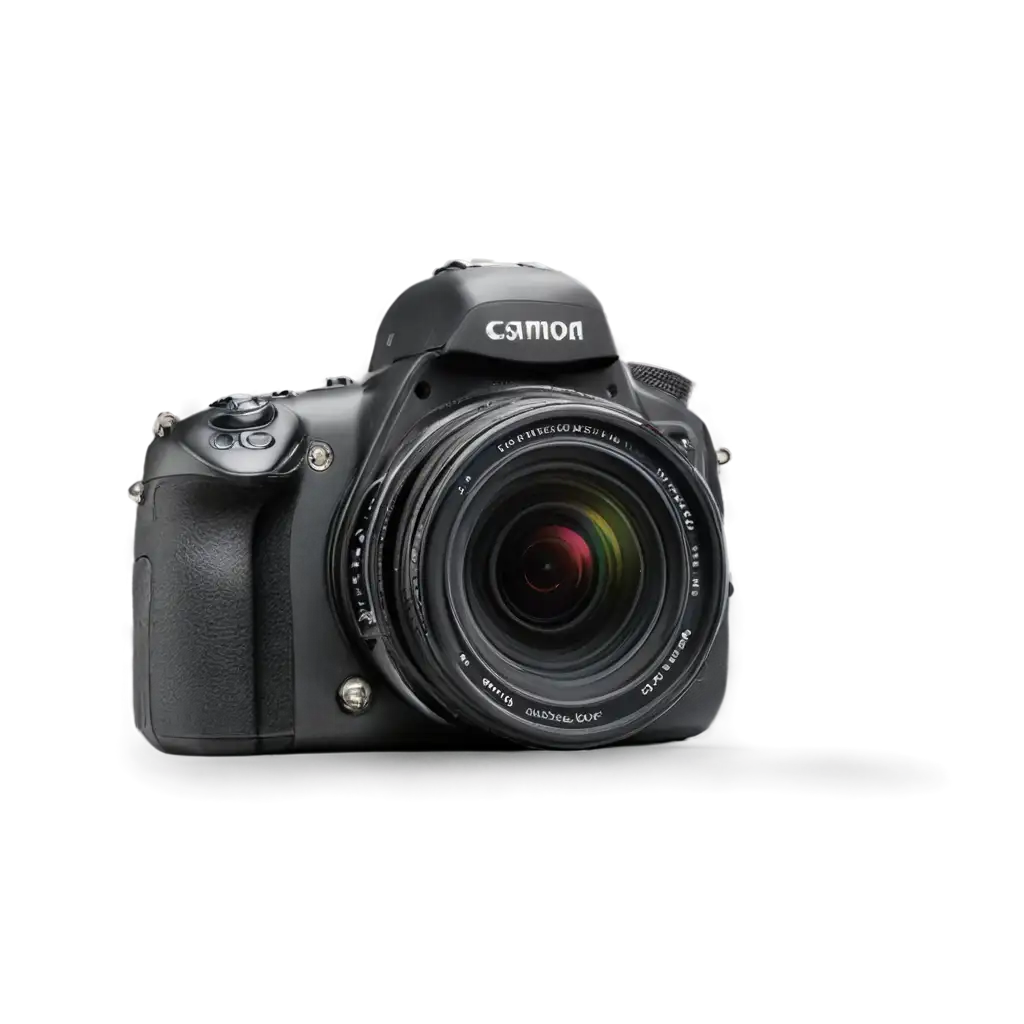
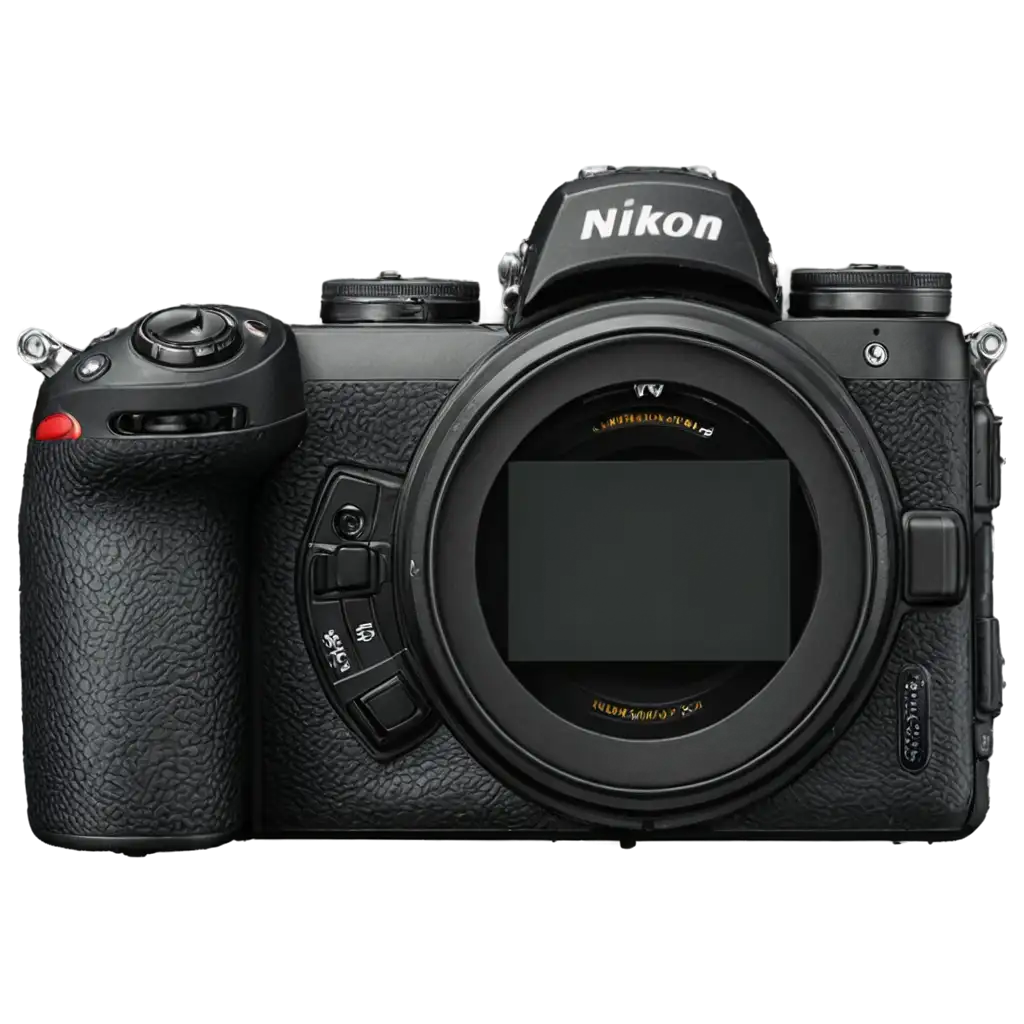
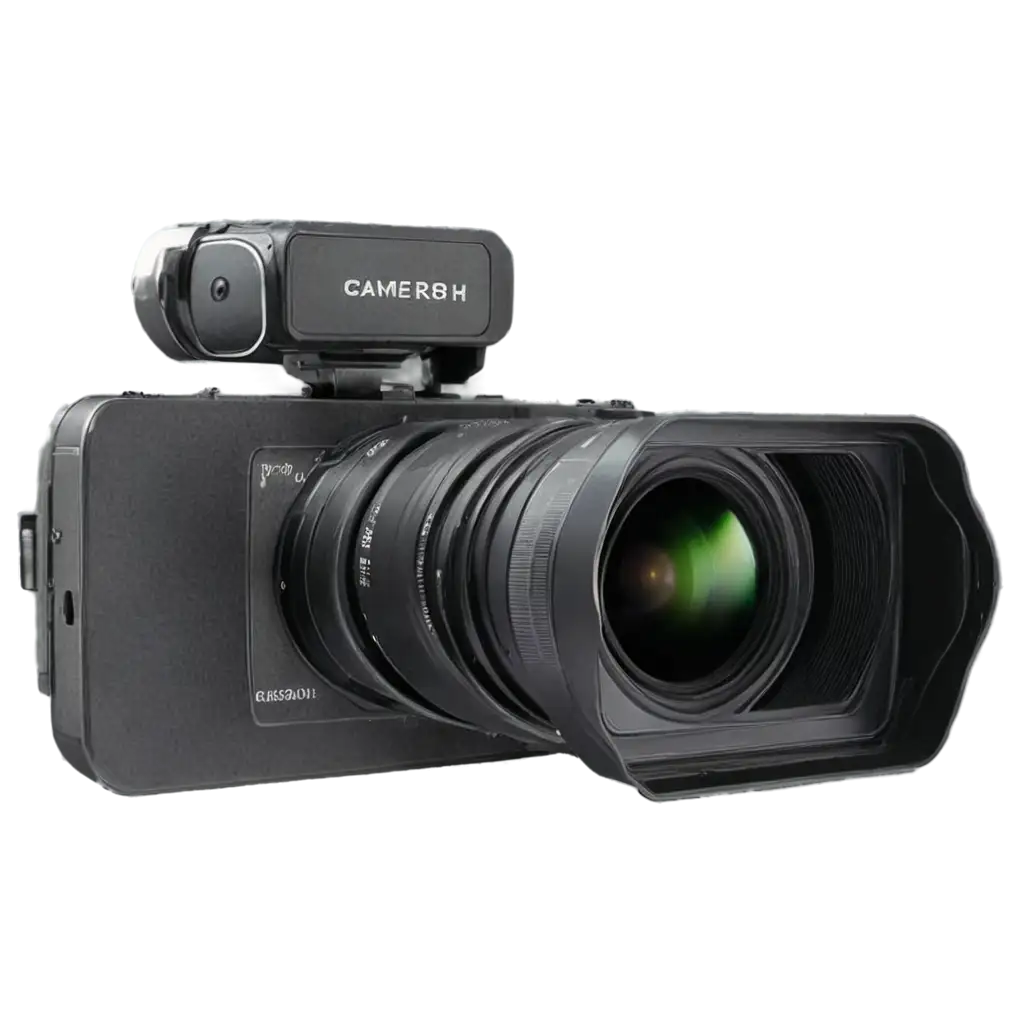
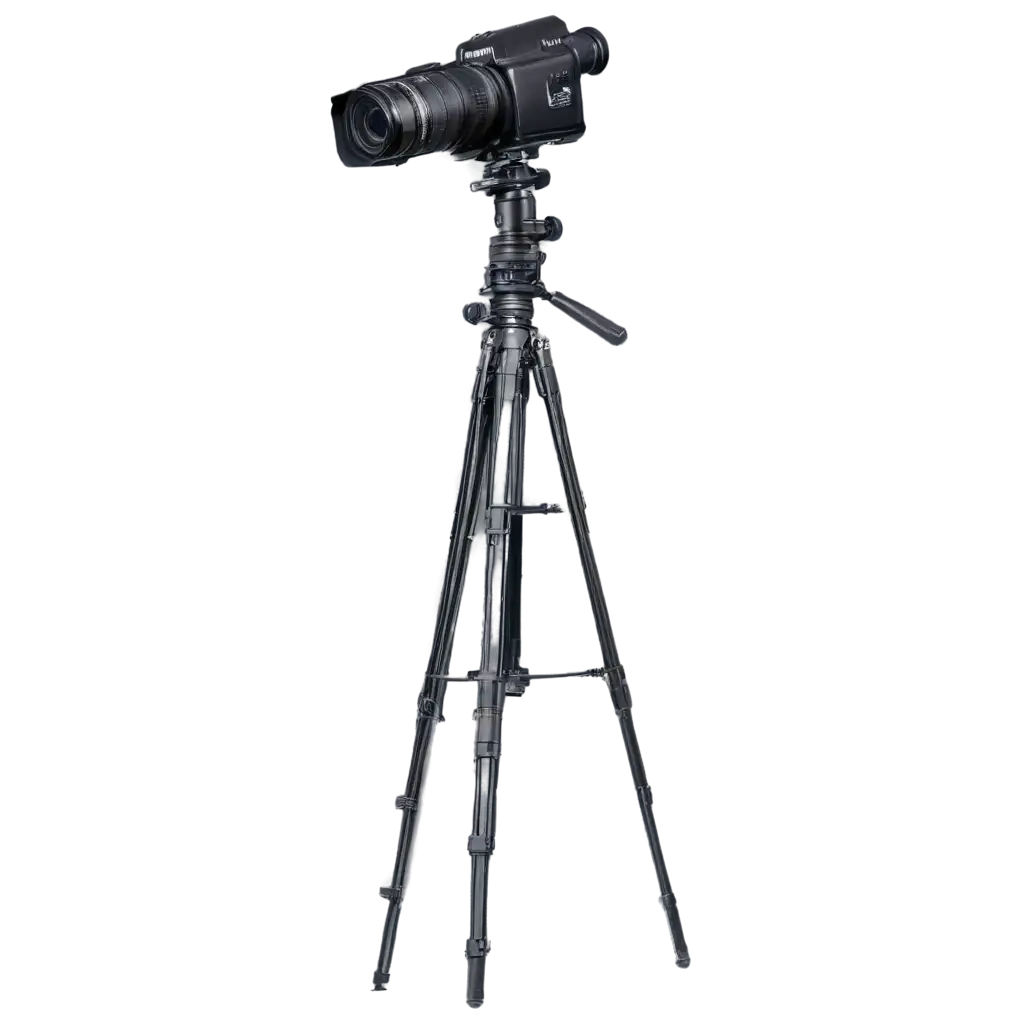
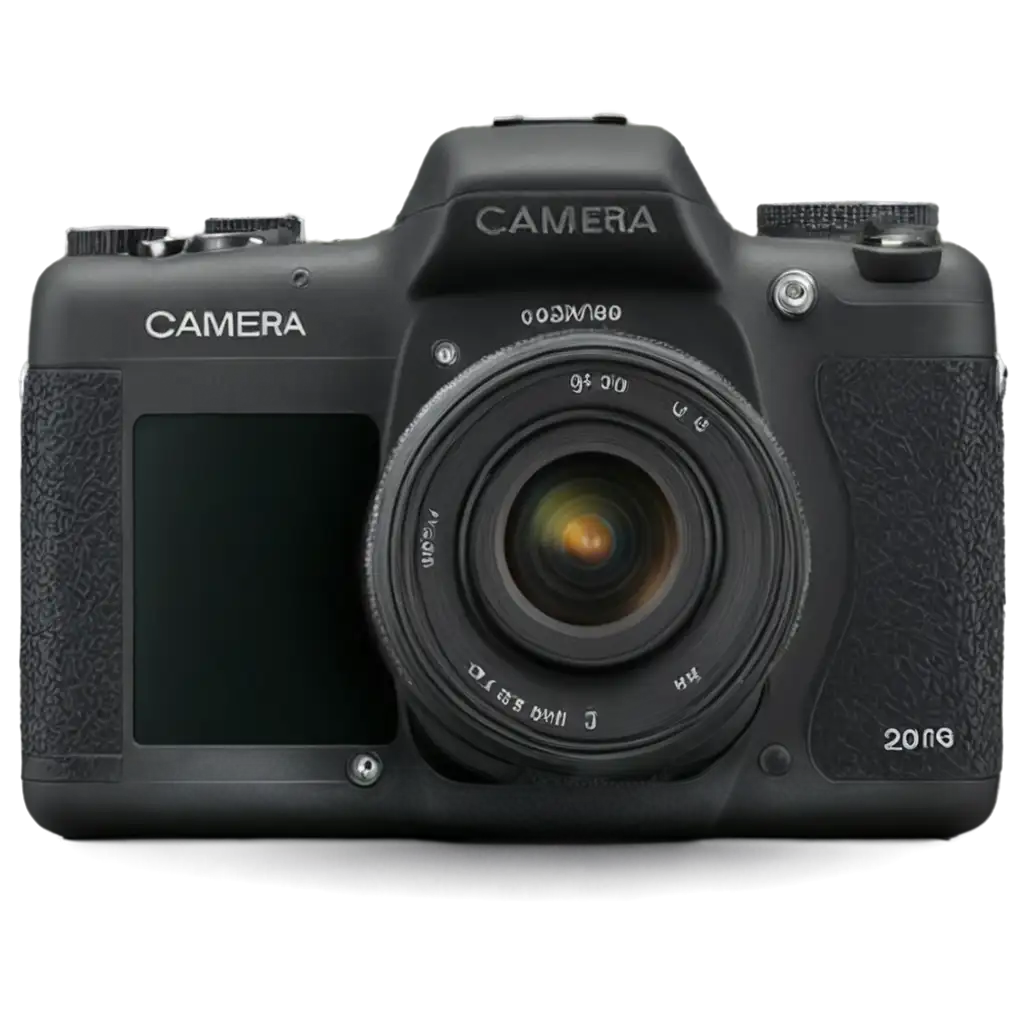
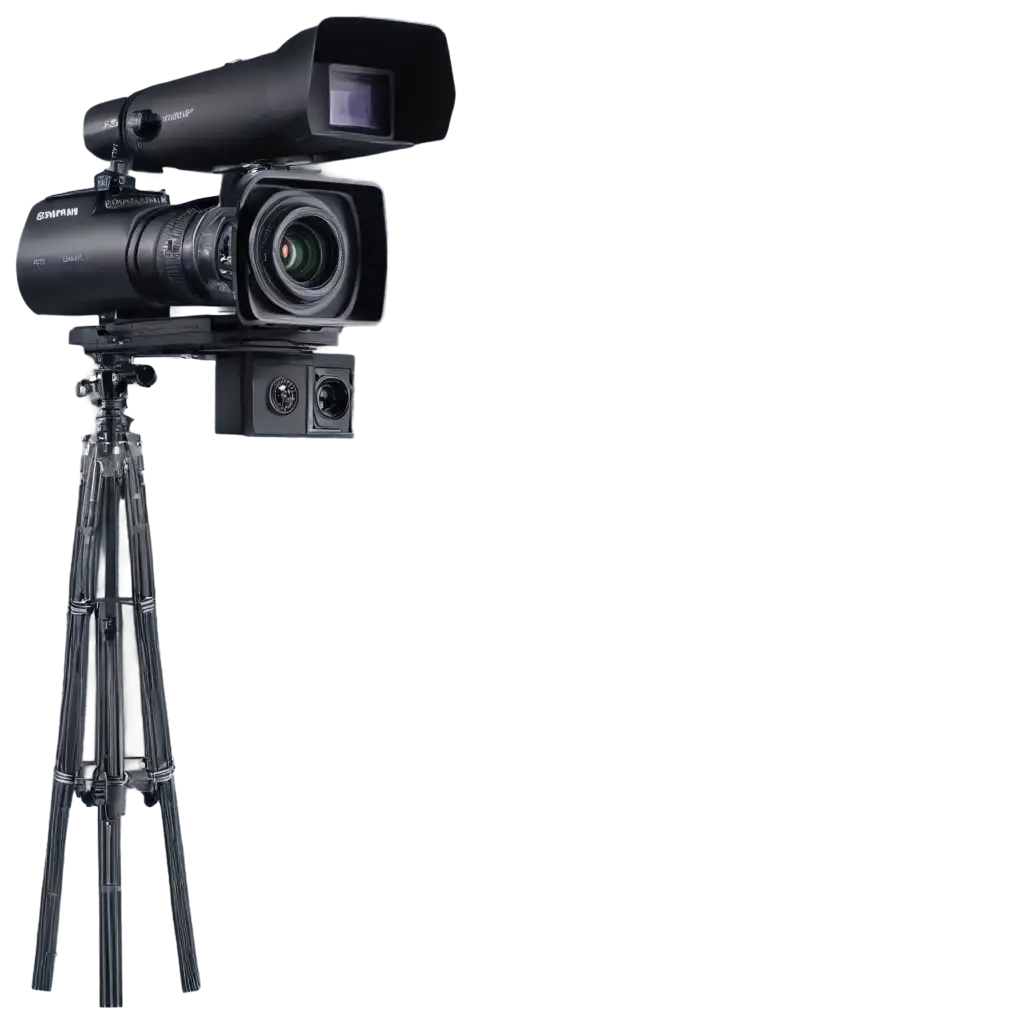
Related Tags
Camera settings form the foundation of photography, encompassing essential controls like aperture, shutter speed, and ISO sensitivity. In the digital age, these fundamental parameters have evolved to include advanced features such as white balance presets, exposure compensation, and multiple metering modes. Modern cameras offer an extensive range of customizable options, from basic point-and-shoot configurations to professional-grade settings that provide complete creative control. Understanding these settings is crucial for both amateur photographers and professional image-makers who seek to capture the perfect shot in various lighting conditions and shooting scenarios.
Understanding Camera Settings: From Basic Controls to Advanced Techniques
Camera settings play a pivotal role across various photography genres, each requiring specific configurations for optimal results. In landscape photography, photographers often use smaller apertures (f/8 to f/16) for maximum depth of field, while portrait photographers prefer wider apertures (f/1.4 to f/2.8) to achieve beautiful background blur. Sports photography demands fast shutter speeds to freeze action, typically 1/500th of a second or faster, while night photography requires longer exposures and higher ISO settings. Understanding how to adjust these settings enables photographers to capture everything from stunning macro shots of tiny subjects to sweeping architectural photographs with perfect perspective control.
Applications of Camera Settings Across Different Photography Styles
The transition from analog to digital photography has revolutionized camera settings and their implementation. Modern digital cameras incorporate sophisticated features like electronic viewfinders, touch-screen interfaces, and AI-powered autofocus systems. Computational photography has introduced new settings such as HDR (High Dynamic Range), focus stacking, and in-camera image stabilization. These advanced capabilities have transformed how photographers approach their craft, offering unprecedented control over image capture and processing. The integration of wireless connectivity and smartphone controls has further expanded the possibilities for remote shooting and instant image sharing.
The Evolution of Camera Settings in the Digital Era
The future of camera settings is being shaped by emerging technologies and artificial intelligence. Machine learning algorithms are enabling more intelligent auto-exposure and focus systems, while computational photography is pushing the boundaries of what's possible with traditional camera settings. Innovations like variable aperture systems, adaptive noise reduction, and real-time exposure simulation are becoming more prevalent. The rise of mirrorless cameras has introduced new possibilities for electronic shutters and hybrid autofocus systems. As technology continues to evolve, we can expect to see more sophisticated camera settings that blend traditional photography principles with cutting-edge digital capabilities.
Future Trends in Camera Technology and Settings